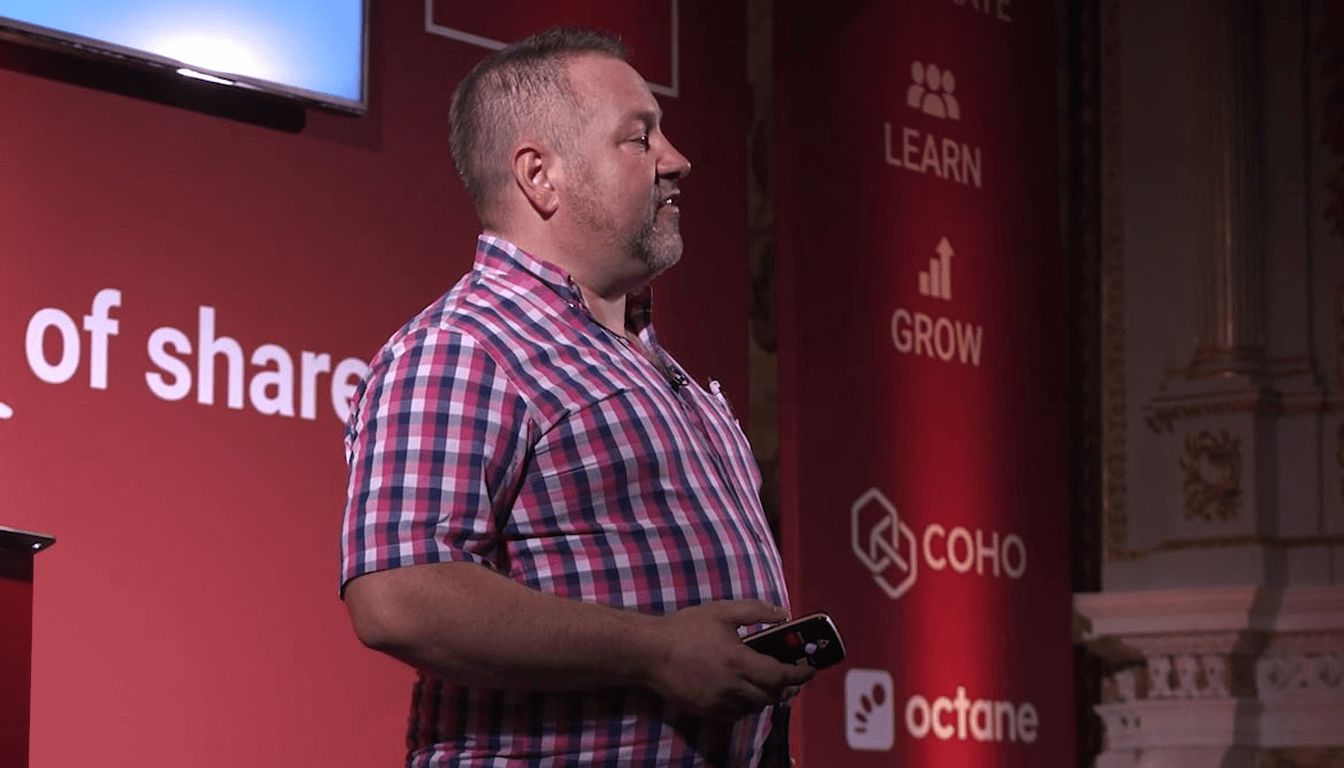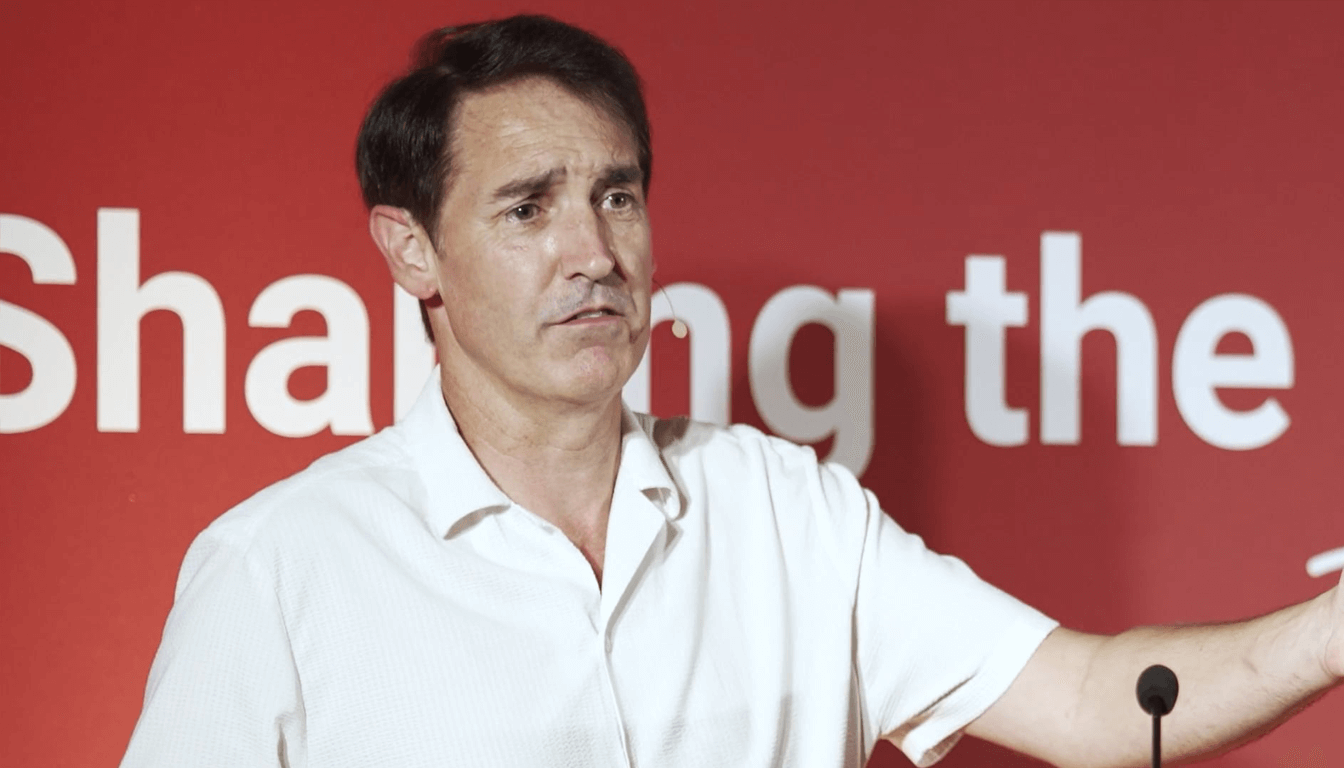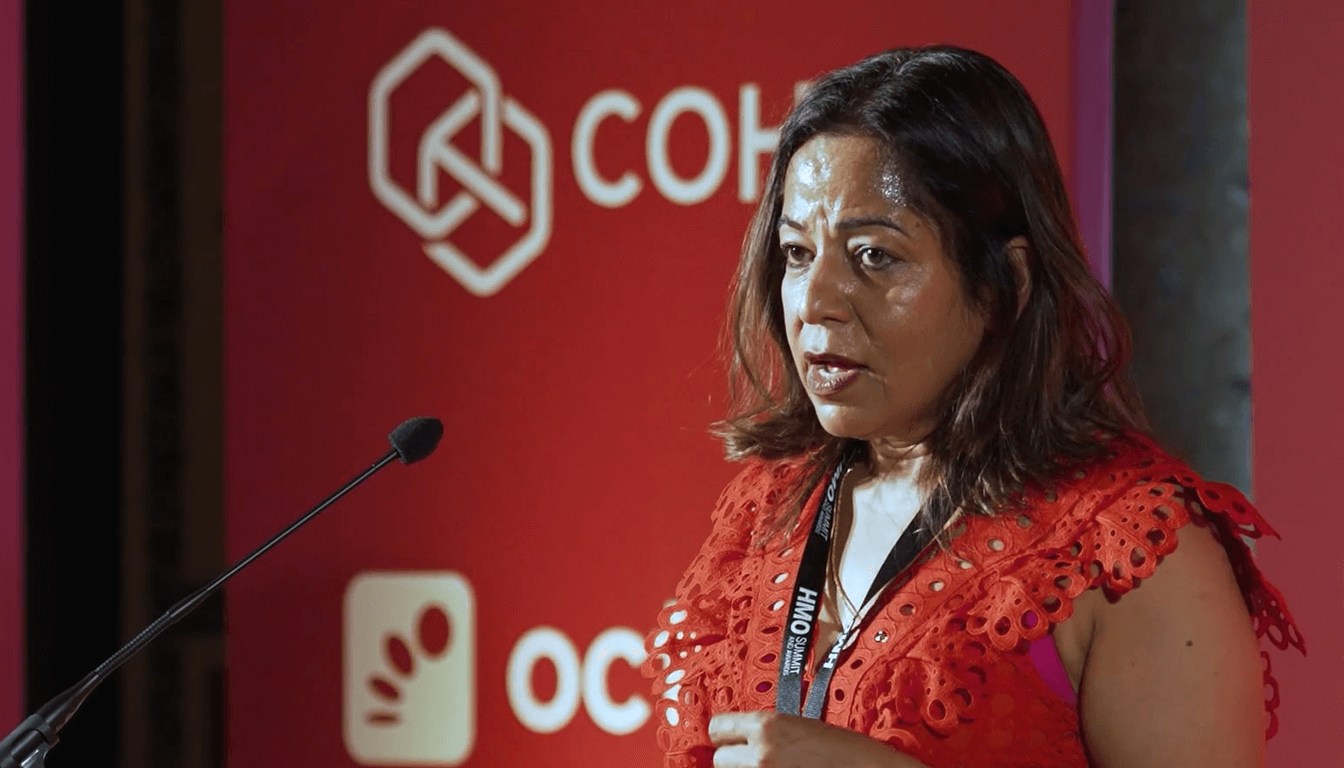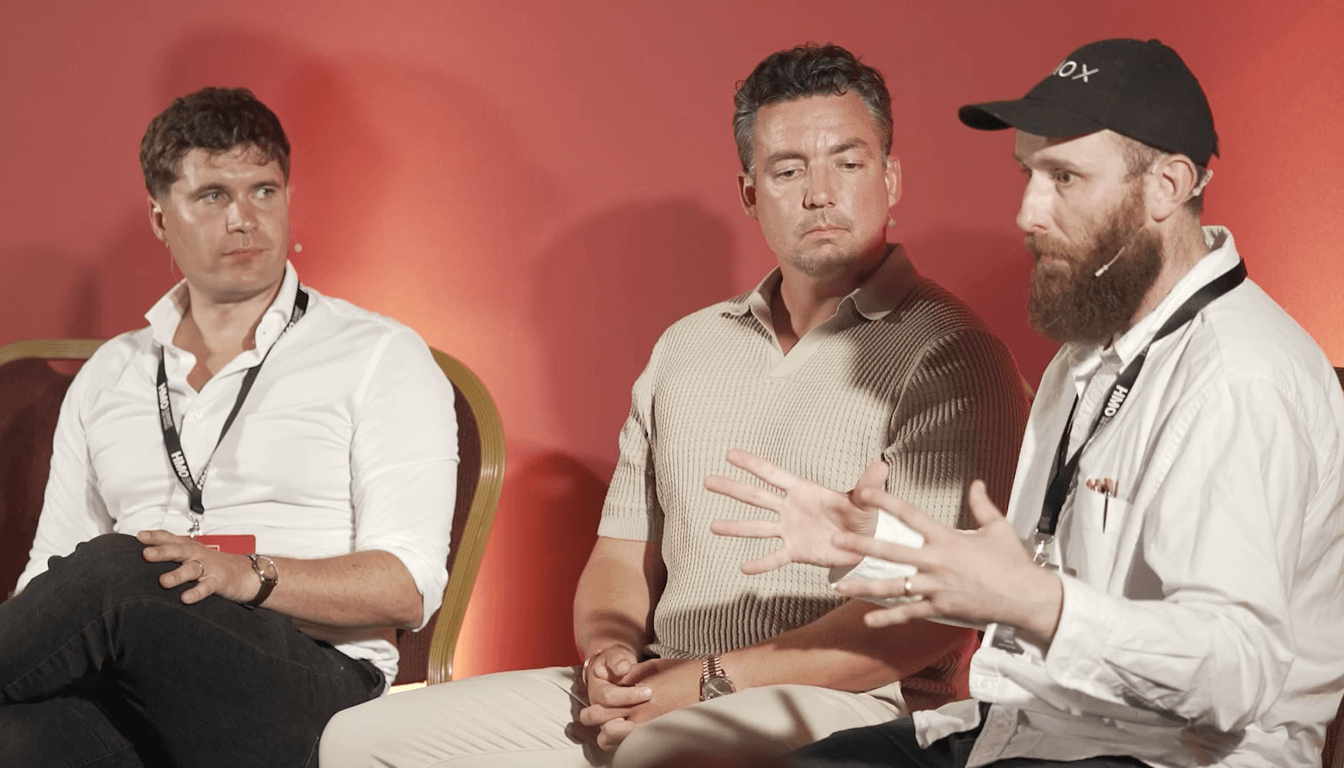Navigating Article 4 with Creativity and Capital: What HMO Investors Need to Know
Article 4 can be the bane or boon of your HMO investing journey. While it limits new HMO development in many cities across the UK, seasoned investors are finding innovative ways to work around it—and lenders like Octane Capital are enabling those strategies with flexible financing.
At the HMO Summit, Josh Knight of Octane Capital pulled back the curtain on how his team has funded over £1.5 billion in deals, including a surge in creative HMO projects. His talk served as a practical playbook for investors looking to scale their portfolios in Article 4 zones, convert commercial properties, and make the most of permitted development rights (PDRs).
Here’s how savvy investors are reshaping what’s possible in the HMO landscape—with help from smart lending strategies.
The Problem with Article 4—and the Opportunity Hidden Within
Local authorities use Article 4 directions to control the number of HMOs in specific areas. This means that even small HMOs (under 6 beds) often require full planning permission—a process that adds cost, uncertainty, and time.
Yet, for well-informed investors, this isn’t a roadblock. It’s a filter.
Article 4 limits competition. And if you know how to acquire existing licensed HMOs or convert properties using permitted development, you can unlock serious upside—particularly when working with lenders who understand the nuances.
Octane Capital specializes in short-term finance, offering bridging and refurbishment loans tailored to the needs of value-add property investors. More importantly, they approach deals with a mindset that’s flexible, fast, and pragmatic.
Case Study 1: Adding Value in an Article 4 Area
Josh opened with a case in Leicester—an Article 4 city where HMO licensing is tightly controlled. An investor purchased an underperforming six-bed HMO with dated interiors and no en-suites. The plan: modernize, add value, and potentially increase the unit count.
Here’s what made the strategy stand out:
- The investor sought to extend the rear, convert the loft, and add en-suites, all under permitted development.
- Simultaneously, they applied for planning permission to create a seventh bedroom—while construction was ongoing.
This “roll the dice” approach paid off. With lender buy-in, the borrower was allowed to submit planning mid-loan, with a fallback plan in place (a high-spec six-bed layout). If the seventh room was approved, the investor would enjoy higher yield and capital growth. If declined, the property would still outperform thanks to upgraded amenities. Octane’s unique funding model allowed:
- 70% net loan-to-value on Day One (interest added, not deducted)
- 100% of refurbishment costs, drawn down in stages
- Light-touch asset manager oversight, not full-scale QS involvement
This funding approach preserved investor cash, accelerated the build timeline, and allowed flexibility during the planning phase—a rarity in development finance.
Case Study 2: Stacking Permitted Development Rights in Bristol
In another clever move, a client in Bristol leveraged separate leaseholds to apply different permitted development rights to the same building.
- A ground-floor vacant commercial unit was converted to residential via Class MA PDR.
- The existing flat above, already owned, was converted into a small HMO using another PD right.
By acquiring the commercial unit, the borrower secured freehold control and used parallel PDRs to create two new residential units—without full planning. The result? Rapid turnaround, reduced risk, and enhanced return potential.
Octane stepped in with 70% net LTV on Day One, fully funded the commercial unit purchase, refinanced the flat’s existing debt, and covered all refurbishment costs. The speed and efficiency of the deal were only possible because of the borrower’s understanding of PDRs—and the lender’s flexibility.
Case Study 3: Semi-Commercial Conversion in St Albans
One of Josh’s favourite deals demonstrated how to extract value from every corner of a site. In St Albans, a semi-commercial unit was sold with:
- A tenanted retail shop on the ground floor
- Vacant residential space above
- A detached workshop at the rear
The investor’s strategy?
Keep the commercial tenant in place, convert the upper floors into a small HMO (non-Article 4 area, no planning needed), and apply for planning to convert the workshop into a standalone flat. Here’s the magic:
- Octane initially issued a bridging loan for acquisition.
- The borrower self-funded early works while applying for planning.
- Once planning was granted, Octane refinanced with a refurb loan, covering:
- 100% of HMO conversion
- 100% of workshop development
The site, bought for £680k, was revalued at £1.2 million post-completion—a transformation driven by layered usage and planning agility.
Why Octane’s Lending Model Works for HMO Investors
Josh emphasized that Octane’s structure differs from many traditional bridging lenders in several important ways:
- Net Day-One Lending: You get 70% of the property’s current value—without deductions for interest. This boosts your upfront purchasing power.
- 100% Refurbishment Costs: No need to hunt for investor capital to fund your works. You spend first, then draw funds in arrears.
- No Quantity Surveyor Needed: Asset manager oversight keeps costs low and drawdowns flexible.
- Tracker Rates with Base Rate Benefit: Starting from 0.35% per month + BoE base rate, your interest rate decreases if the base rate drops.
- Simple Fee Structure: £995 admin covers first two inspections; further drawdowns cost £295 each—added to the loan, not paid upfront.
- This is a game-changer for investors looking to move quickly and adapt plans as projects unfold.
Key Takeaways for Investors Facing Article 4 Challenges
Josh wrapped up with a reminder: the biggest mistake investors make is unrealistic yield projections. Lenders like Octane see hundreds of valuations and can spot over-optimism a mile away. Work with specialist brokers, do your homework, and align your exit valuations with local benchmarks. If you’re planning an HMO development in an Article 4 area:
- Focus on existing licensed HMOs with upgrade potential
- Consider permitted development extensions to avoid full planning
- Be open with your lender about planning risks and fallbacks
- Use bridging wisely—free up investor cash for bigger portfolio growth
Final Thoughts: Creative Funding is the New Competitive Edge
In an era where Article 4 constraints and planning hurdles are common, the winners won’t just be the investors with the most capital—but those with the smartest strategies and the most adaptable finance.
As Josh Knight demonstrated, there’s a new playbook for HMO investing—one built on leveraging the system, navigating planning with confidence, and using specialist lenders who get your vision.
If you’re sitting on a project idea and unsure how to fund it, it’s worth speaking to lenders like Octane who can do more than just write a cheque—they can help you unlock the full potential of your property.
Navigating Article 4 with Creativity and Capital: What HMO Investors Need to Know
Article 4 can be the bane or boon of your HMO investing journey. While it limits new HMO development in many cities across the UK, seasoned investors are finding innovative ways to work around it—and lenders like Octane Capital are enabling those strategies with flexible financing.
At the HMO Summit, Josh Knight of Octane Capital pulled back the curtain on how his team has funded over £1.5 billion in deals, including a surge in creative HMO projects. His talk served as a practical playbook for investors looking to scale their portfolios in Article 4 zones, convert commercial properties, and make the most of permitted development rights (PDRs).
Here’s how savvy investors are reshaping what’s possible in the HMO landscape—with help from smart lending strategies.
The Problem with Article 4—and the Opportunity Hidden Within
Local authorities use Article 4 directions to control the number of HMOs in specific areas. This means that even small HMOs (under 6 beds) often require full planning permission—a process that adds cost, uncertainty, and time.
Yet, for well-informed investors, this isn’t a roadblock. It’s a filter.
Article 4 limits competition. And if you know how to acquire existing licensed HMOs or convert properties using permitted development, you can unlock serious upside—particularly when working with lenders who understand the nuances.
Octane Capital specializes in short-term finance, offering bridging and refurbishment loans tailored to the needs of value-add property investors. More importantly, they approach deals with a mindset that’s flexible, fast, and pragmatic.
Case Study 1: Adding Value in an Article 4 Area
Josh opened with a case in Leicester—an Article 4 city where HMO licensing is tightly controlled. An investor purchased an underperforming six-bed HMO with dated interiors and no en-suites. The plan: modernize, add value, and potentially increase the unit count.
Here’s what made the strategy stand out:
- The investor sought to extend the rear, convert the loft, and add en-suites, all under permitted development.
- Simultaneously, they applied for planning permission to create a seventh bedroom—while construction was ongoing.
This “roll the dice” approach paid off. With lender buy-in, the borrower was allowed to submit planning mid-loan, with a fallback plan in place (a high-spec six-bed layout). If the seventh room was approved, the investor would enjoy higher yield and capital growth. If declined, the property would still outperform thanks to upgraded amenities. Octane’s unique funding model allowed:
- 70% net loan-to-value on Day One (interest added, not deducted)
- 100% of refurbishment costs, drawn down in stages
- Light-touch asset manager oversight, not full-scale QS involvement
This funding approach preserved investor cash, accelerated the build timeline, and allowed flexibility during the planning phase—a rarity in development finance.
Case Study 2: Stacking Permitted Development Rights in Bristol
In another clever move, a client in Bristol leveraged separate leaseholds to apply different permitted development rights to the same building.
- A ground-floor vacant commercial unit was converted to residential via Class MA PDR.
- The existing flat above, already owned, was converted into a small HMO using another PD right.
By acquiring the commercial unit, the borrower secured freehold control and used parallel PDRs to create two new residential units—without full planning. The result? Rapid turnaround, reduced risk, and enhanced return potential.
Octane stepped in with 70% net LTV on Day One, fully funded the commercial unit purchase, refinanced the flat’s existing debt, and covered all refurbishment costs. The speed and efficiency of the deal were only possible because of the borrower’s understanding of PDRs—and the lender’s flexibility.
Case Study 3: Semi-Commercial Conversion in St Albans
One of Josh’s favourite deals demonstrated how to extract value from every corner of a site. In St Albans, a semi-commercial unit was sold with:
- A tenanted retail shop on the ground floor
- Vacant residential space above
- A detached workshop at the rear
The investor’s strategy?
Keep the commercial tenant in place, convert the upper floors into a small HMO (non-Article 4 area, no planning needed), and apply for planning to convert the workshop into a standalone flat. Here’s the magic:
- Octane initially issued a bridging loan for acquisition.
- The borrower self-funded early works while applying for planning.
- Once planning was granted, Octane refinanced with a refurb loan, covering:
- 100% of HMO conversion
- 100% of workshop development
The site, bought for £680k, was revalued at £1.2 million post-completion—a transformation driven by layered usage and planning agility.
Why Octane’s Lending Model Works for HMO Investors
Josh emphasized that Octane’s structure differs from many traditional bridging lenders in several important ways:
- Net Day-One Lending: You get 70% of the property’s current value—without deductions for interest. This boosts your upfront purchasing power.
- 100% Refurbishment Costs: No need to hunt for investor capital to fund your works. You spend first, then draw funds in arrears.
- No Quantity Surveyor Needed: Asset manager oversight keeps costs low and drawdowns flexible.
- Tracker Rates with Base Rate Benefit: Starting from 0.35% per month + BoE base rate, your interest rate decreases if the base rate drops.
- Simple Fee Structure: £995 admin covers first two inspections; further drawdowns cost £295 each—added to the loan, not paid upfront.
- This is a game-changer for investors looking to move quickly and adapt plans as projects unfold.
Key Takeaways for Investors Facing Article 4 Challenges
Josh wrapped up with a reminder: the biggest mistake investors make is unrealistic yield projections. Lenders like Octane see hundreds of valuations and can spot over-optimism a mile away. Work with specialist brokers, do your homework, and align your exit valuations with local benchmarks. If you’re planning an HMO development in an Article 4 area:
- Focus on existing licensed HMOs with upgrade potential
- Consider permitted development extensions to avoid full planning
- Be open with your lender about planning risks and fallbacks
- Use bridging wisely—free up investor cash for bigger portfolio growth
Final Thoughts: Creative Funding is the New Competitive Edge
In an era where Article 4 constraints and planning hurdles are common, the winners won’t just be the investors with the most capital—but those with the smartest strategies and the most adaptable finance.
As Josh Knight demonstrated, there’s a new playbook for HMO investing—one built on leveraging the system, navigating planning with confidence, and using specialist lenders who get your vision.
If you’re sitting on a project idea and unsure how to fund it, it’s worth speaking to lenders like Octane who can do more than just write a cheque—they can help you unlock the full potential of your property.









